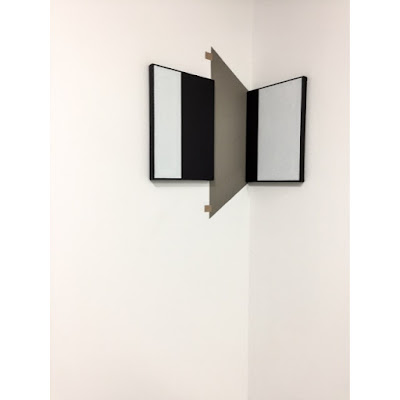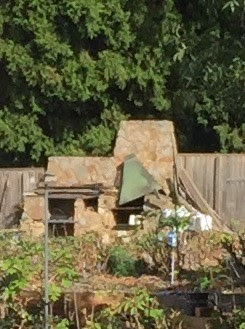Group exhibition
Curated by PJ Hickman
To August 4
Five Walls
Footscray
Exhibiting artists: PJ Hickman, Raymond Carter, Aaron Martin, Shelley Jardine, Samara Adamson-Pinczewski, Craig Easton, Peter Adsett, Fan Zhongming, Melinda Harper, Kubota Fumikazu, Joyce Huang, Emma Langridge
Selected works:
 |
| Peter Adsett, NZ |
 |
| PJ Hickman, Raymond Carter |
 |
| Samara Adamson-Pinczewskption (courtesy of Charles Nodrum Gallery) |
 |
| Emma Langridge |
Tape acknowledges the wide number of artists utilising tape in their practice. This exhibition brings together international and Australian artists. A range of techniques are exemplified including using tape to obtain a ‘hard edge’ result or tape as the main substrate. Others use tape as a starting point for investigation of ‘the accident’ or interference.









